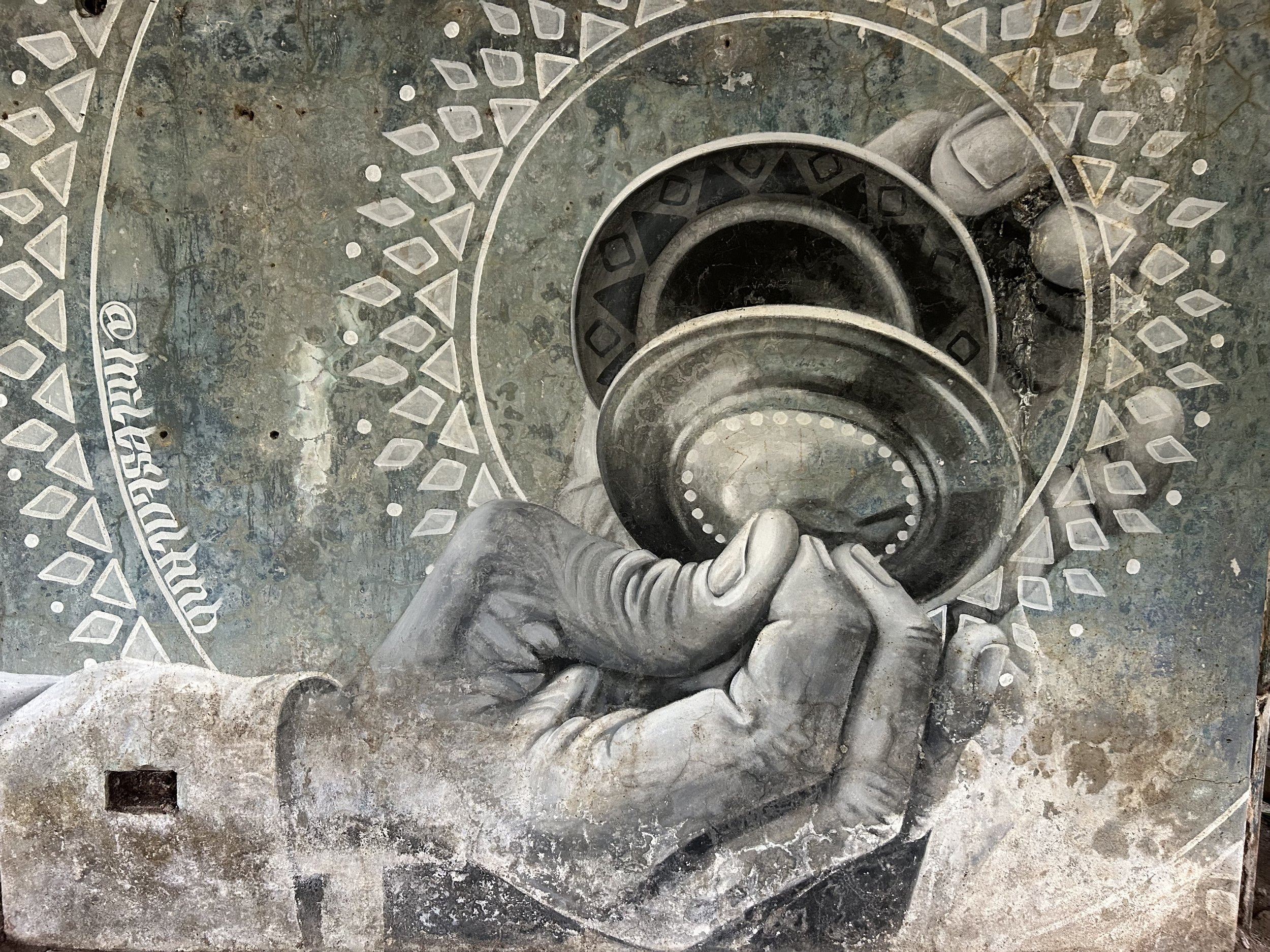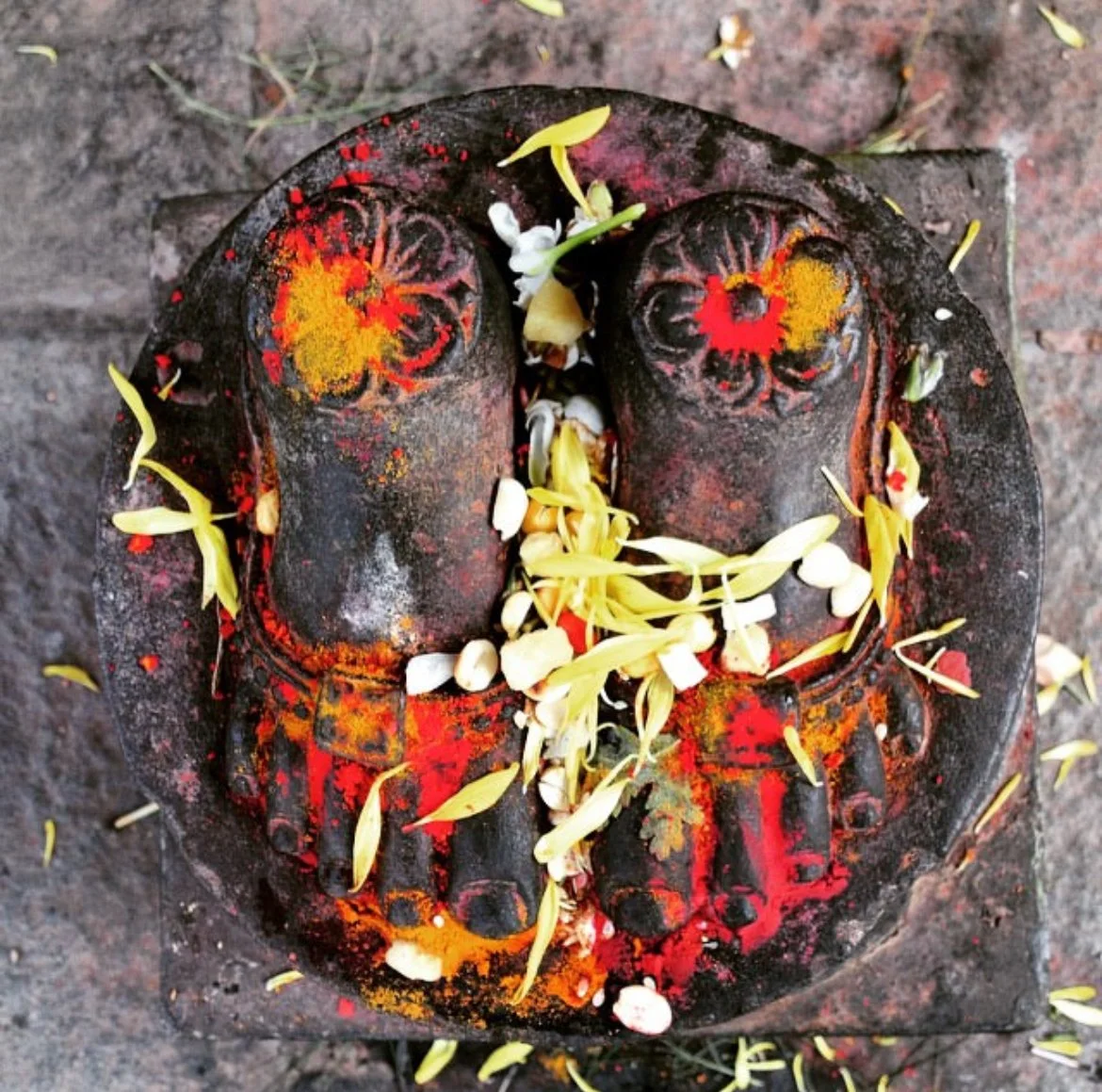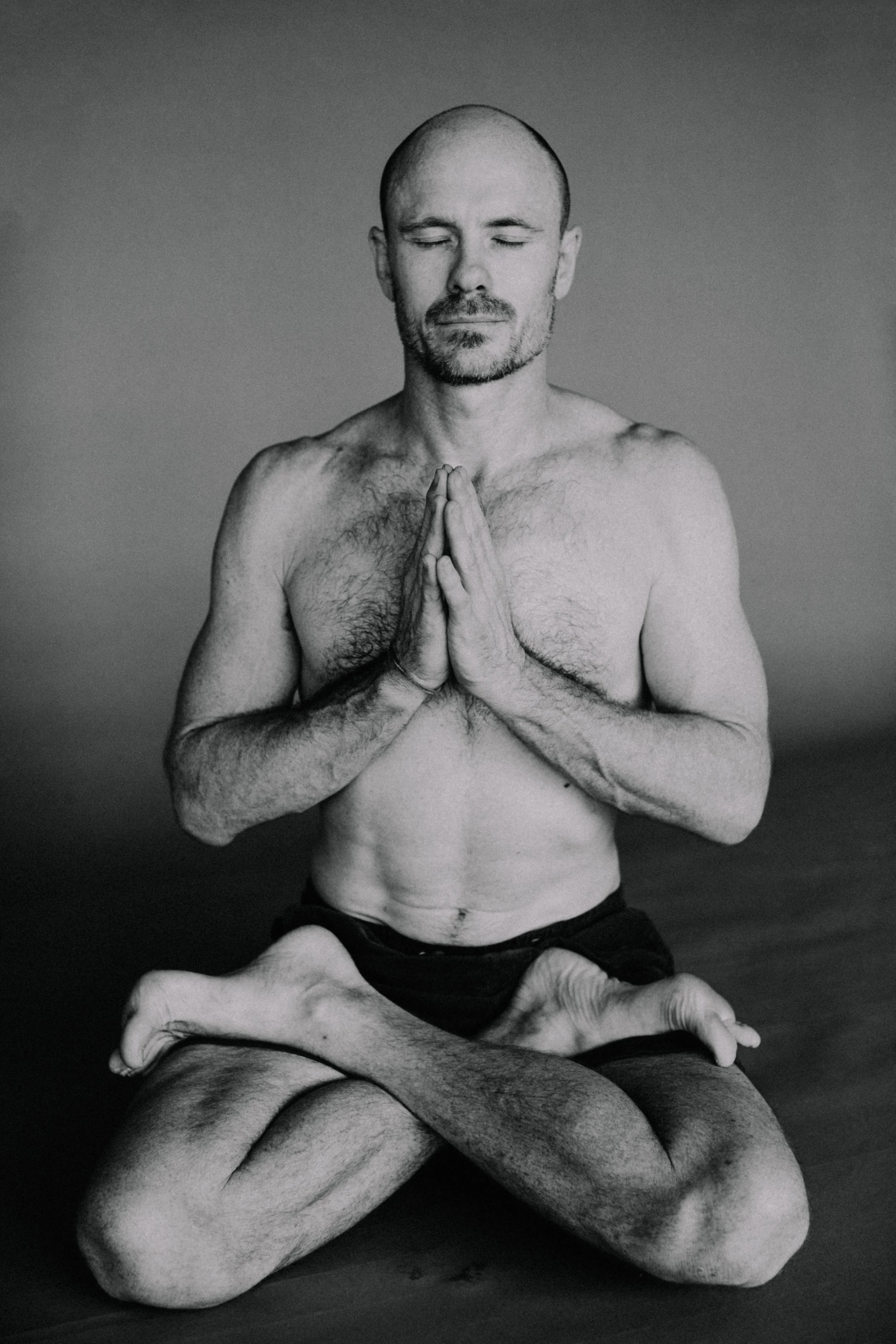The Practice
Yoga
Yoga is an ancient system that offers, wisdom and practices to support physical, mental and spiritual wellbeing. The word ‘yoga’ is derived from the Sanskrit root “yuj” meaning to connect, join, unite or ‘yoke’. The thing we look to connect to is the true Self, also known as the ‘divine essence’, ‘ultimate self’, or atman. You might also think of this as the soul. Yoga is the union of the mind body and spirit. As per yogic scriptures the practice of yoga leads to the union of the individual consciousness with that of the universal consciousness. If this way of thinking doesn’t resonate with you, then perhaps consider that the word yoga can also mean separation or disentanglement. We’re disentangling from whatever stops us from feeling free.
Yoga is also a philosophy of life and a state of mind. The real aim of yoga is to attain peace and tranquility within, and it is universally available to anyone.
Ashtanga Vinyasa Yoga
The Ashtanga Vinyasa Yoga method is a dynamic form of Hatha Yoga which moves through a set sequence of postures, synchronising breath and movement known as vinyasa.
The transition or Vinyasa from each posture to the next is an integral part of the practice designed to build internal heat to help purify the body. This heat purifies muscles and organs, expelling unwanted toxins as well as releasing beneficial hormones.
Through this practice of correct breathing (Ujjayi Pranayama), postures (asana) and gazing points (dristis). We gain control of the senses and a deep awareness of ourselves. By maintaining this discipline with regularity and devotion, one acquires steadiness of body and mind.
There are three groups or series of asana practice in the Ashtanga Yoga system.
The Primary Series (Yoga Chikitsa) detoxifies and aligns the body.
The Intermediate Series (Nadi Shodhana) purifies the nervous system by opening and clearing the energy channels.
The Advanced Series (Sthira Bhagah Samapta) integrates the strength and grace of the practice, requiring higher levels of flexibility and humility.
The roots of this practice can be traced back to ancient traditions, but its modern form owes much to the teachings of Sri T. Krishnamacharya (1888-1989) and his student, K. Pattabhi Jois (1915-2009).
Jois began his studies with Krishnamacharya in the 1930s and later went on to establish the Ashtanga Yoga Research Institute in Mysore, India. Here, Jois developed and taught the structured Ashtanga Vinyasa Yoga system, which became known globally for its meditative and flowing style. Sharath Jois (Pattabhi Jois’s grandson) eventually took over from his grandfather and became the lineage holder until he sadly passed away in 2024. I am honored to have been one of Sharath Jois students and was given he’s blessing to teach this system.
The 8 limbs of yoga.
4. Pranayama
The fourth limb of yoga according to Patanjali is Pranayama. “Pranayama” derived from the Sanskrit words “prana”, meaning ‘life force’ or ‘vital energy’, and “ayama”, meaning to ‘control' or to ‘extend’. Pranayama , thus, encompasses the regulation and extension of one’s life force through deliberate control of the breath.
Pranayama involves a series of breathing techniques that are designed to harness and manipulate the breath, leading to a range of physical, mental and spiritual benefits. These practices act as link between the external aspects of yoga, such as postures and the internal dimensions including mediation and self-realisation.
5. Pratyahara
The 5th limb on the tree is known as Pratyahara, meaning withdrawal of the senses. It is the conscious and intentional redirection of one’s attention from the external sensory world towards the inner self. In today’s world we are constantly bombarded with external stimuli designed to take our attention away, through the practice of pratyahara we distance ourselves from these external distractions and create space for inner calm and quietness. As the mind becomes less entangled with external distractions, we develop heightened self awareness, introspection, our concentration improves, and we begin to respond to external events with greater equanimity and less knee-jerk reactivity.
6. Dharana
The sixth limb is Dharana, it is the ability to bring the mind into focus and hold the concentration on a single point. The object of focus can vary, ranging from visual symbols, mantras (sacred sounds), or the rhythm of the breath. Through this practice we cultivate mental stability, clarity, and the ability to sustain undistracted attention.
7. Dhyana
The seventh limb of Patanjali is Dhyana or mediation. It involves the cultivation of a state of deep and uninterrupted meditation. Here, the practitioner is completely immersed and absorbed in the focus of the meditation.
8. Samadhi
Standing as the eight and final limb of yoga in Patanjalis Yoga Sutra is Samadhi. Samadhi can be described as a heighted state of awareness and consciousness, it signifies a state of pure being, free from the usual fluctuations and distractions of the mind. The practitioner merges entirely with the meditation object and individual identity and ego disappear in this state of deep unity. Practitioners report experiencing intense bliss, joy and inner peace during samadhi. Obviously attaining samadhi is no simple feat, although it serves as a reminder that beyond the chaos, stress and distractions of everyday life there lies a state of pure consciousness and union, accessible to all sincere seekers. This limb is the highest and ultimate destination of the ancient teachings of yoga and offers profound insights and wisdom to those who walk the path with dedication and sincerity
One of the most influential text on Yoga was the The Yoga Sutras of Patanjali. Patanjali was a great mystic yogi, philosopher and author of ancient India. Estimates based on analysis of his works suggest that he may have lived between 2nd century BCE and the 5th century CE.
The Yoga Sutras of Patanjali is a collection of 196 short verses that serve as a guide to attain wisdom and self-realisation through yoga.
Acording to these Yoga Sutras, there is an eight-fold path leading to liberation, known as the ‘Ashtanga Yoga System’ or ‘8 Limbs of Yoga’ (the word ‘ashta’ means ‘eight’ and ‘anga’ means ‘limb’). Each of these limbs offer guidance on how to live a meaningful and purposeful life.
"Eight-Limbed Path”
1. Yama
The First limb consists of a set of ethics, moral disciplines or moral vows. Which ensures that the yoga practitioner interacts in a harmonious way with the surrounding community.
There are five Yamas:
Ahimsa (non-violence),
Satya (truthfulness),
Asteya (non-stealing),
Brahmacharya (right use of energy), and
Aparigraha (non-greed or non-hoarding).
2. Niyama
The second limb consists of observances, positive internal duties and self discipline. These are intended to build character.
There are five Niyamas:
Sauca (cleanliness),
Santosha (contentment),
Tapas (discipline or burning desire or conversely, burning of desire),
Svadhaya (self-study or self-reflection, and study of spiritual texts), and
Isvarapranidaha (surrender to a higher power).
3. Asana -Posture
The third limb of the Eight fold path is asana or posture, specifically ‘seat’, the ability to sit unmoving with a straight spine for long periods of time. Interestingly, the only instruction Patanjali gives is “sthira sukham asanam” the posture should be steady and comfortable. This being said, many obstacles to knowing one’s true nature are manifested in the body, such as diseases. The body profoundly influences and, if in bad condition, impinges on the functioning of the mind. Through the practice of Hatha yoga postures the body is made strong, light and flexible and will provide the ideal vehicle on the path of yoga. This is why in Hatha Yoga and the Ashtanga Vinyasa method we start with the 3rd limb, and gradually make our way inward once the body becomes more stable, stronger and open and we eventually have the ability to sit still and proceed on the path of yoga.



